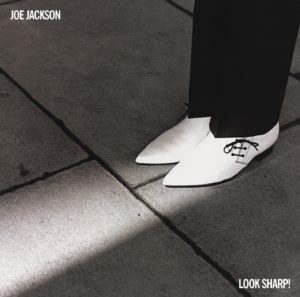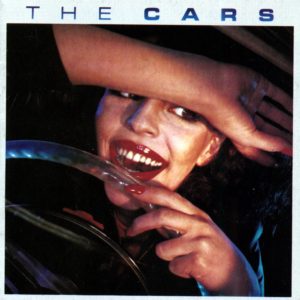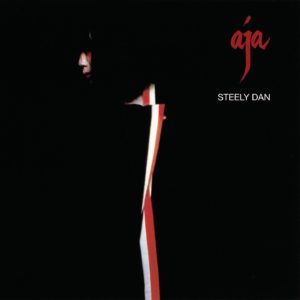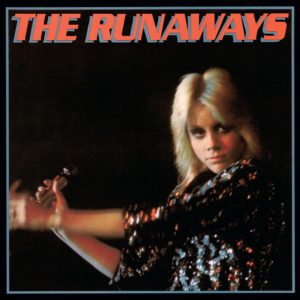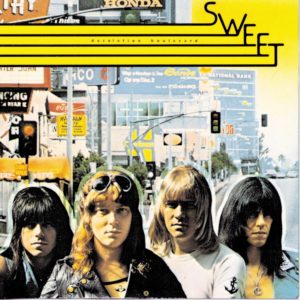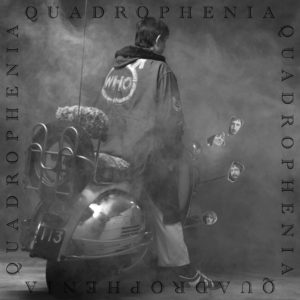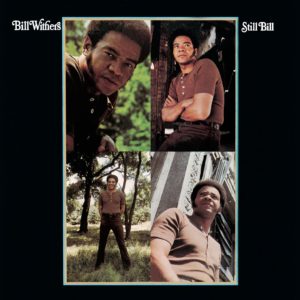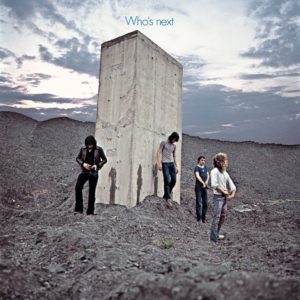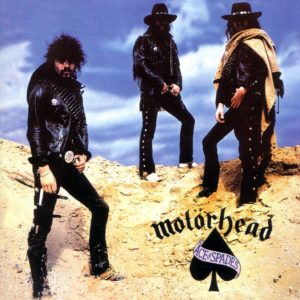
When I was seven years old, I saw the video for Motorhead’s “Ace of Spades” on MTV. I was into metal, but Def Leppard was about as heavy as I got at that age. Something about the “Ace of Spades” video bothered me; as I look at it now, Lemmy’s vocal microphone was at a 45 degree angle downward, rather than the traditional 45 degree angle upward. Knowing nothing about Motorhead or live sound at the time, this was an odd prejudice. As far as I can tell, one reason Lemmy’s mic is pointed downward is because the band’s stage volume was so loud that anything else would result in massive feedback. Although, in later interviews, Lemmy stated that he just liked it that way because he’d have to look at the audience less. While I had heard many individual Motorhead songs over the years, I never gave Ace of Spades a spin in its entirety until recently.
Produced by Vic Maile and released on November 8, 1980, Ace of Spades reached gold certification in the UK soon after its release. The album contains the successful and recognizable single “Ace of Spades” as well as a tour-de-force of relentless, anthemic, big, loud, rock songs.
As for their sound, Motorhead defies specificity. They likely were the loudest band around in the late 70s/early 80s. Their songs are fast and heavy, but not dark, gothic, or political. Lemmy is a powerful singer, but not operatic like his contemporary British metal frontmen (see Rob Halford or Bruce Dickinson). The guitars are distorted and crunchy, but the solos never take on a virtuosic spotlight.
What I like most about Ace of Spades is it’s straight-ahead approach to rock’n’roll. It doesn’t take itself too seriously, but it doesn’t compromise either. Adrenaline sounds like Ace of Spades and vice-versa. Motorhead enthusiasts often recommend Ace of Spades as a fine introduction to the band. The performances are well produced and accessible, while never straying from what makes Motorhead one of the most awesome bands in history.

